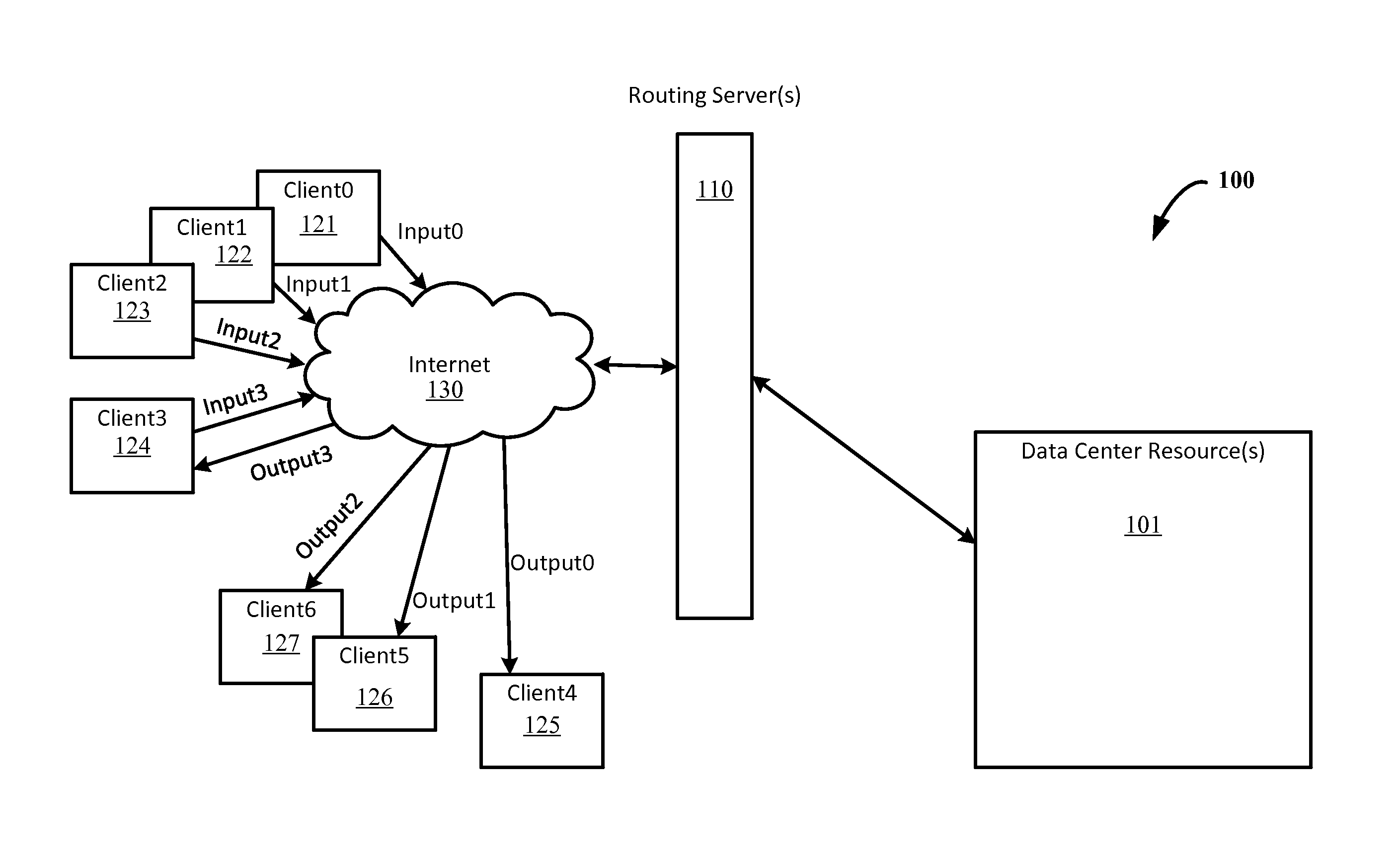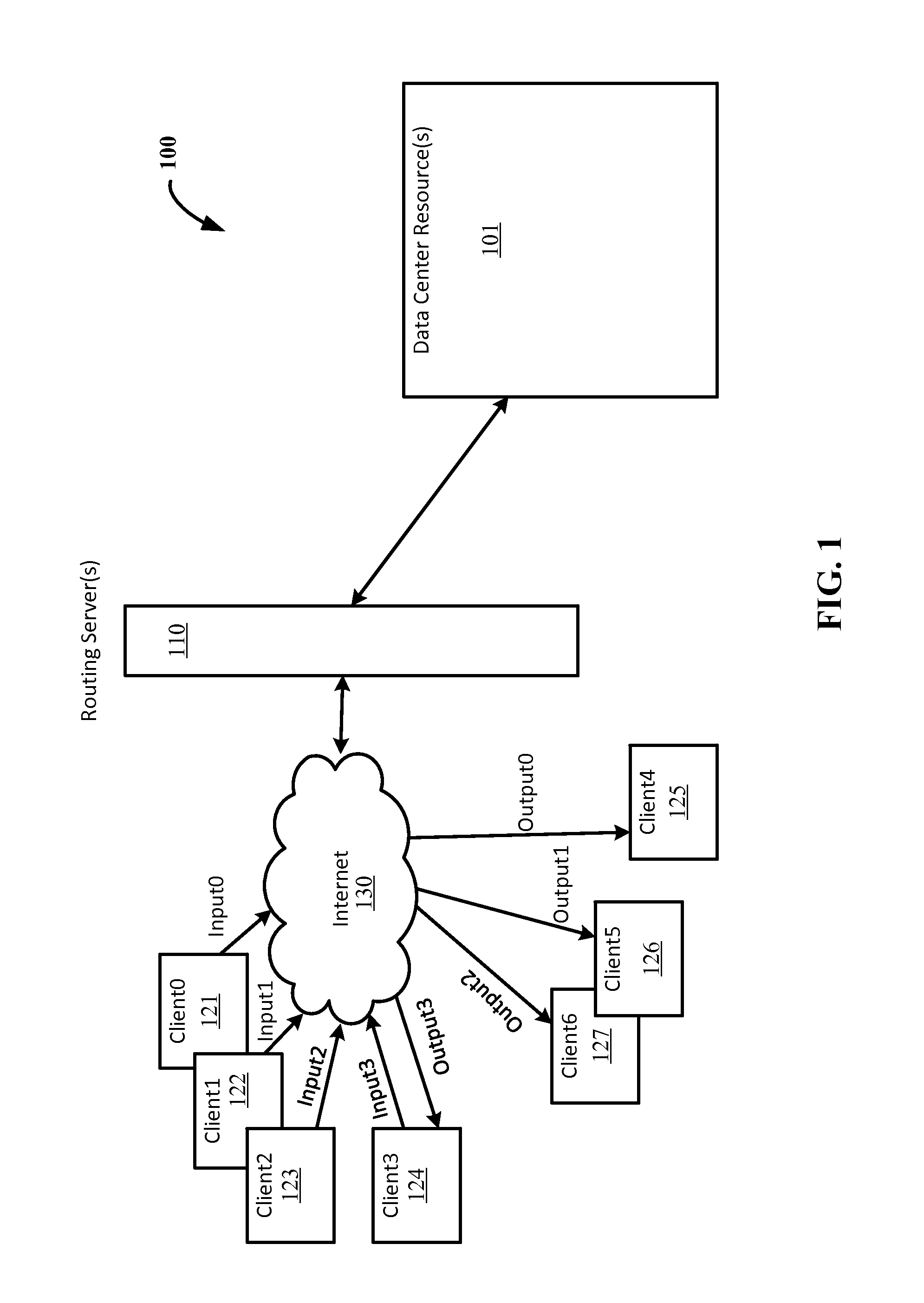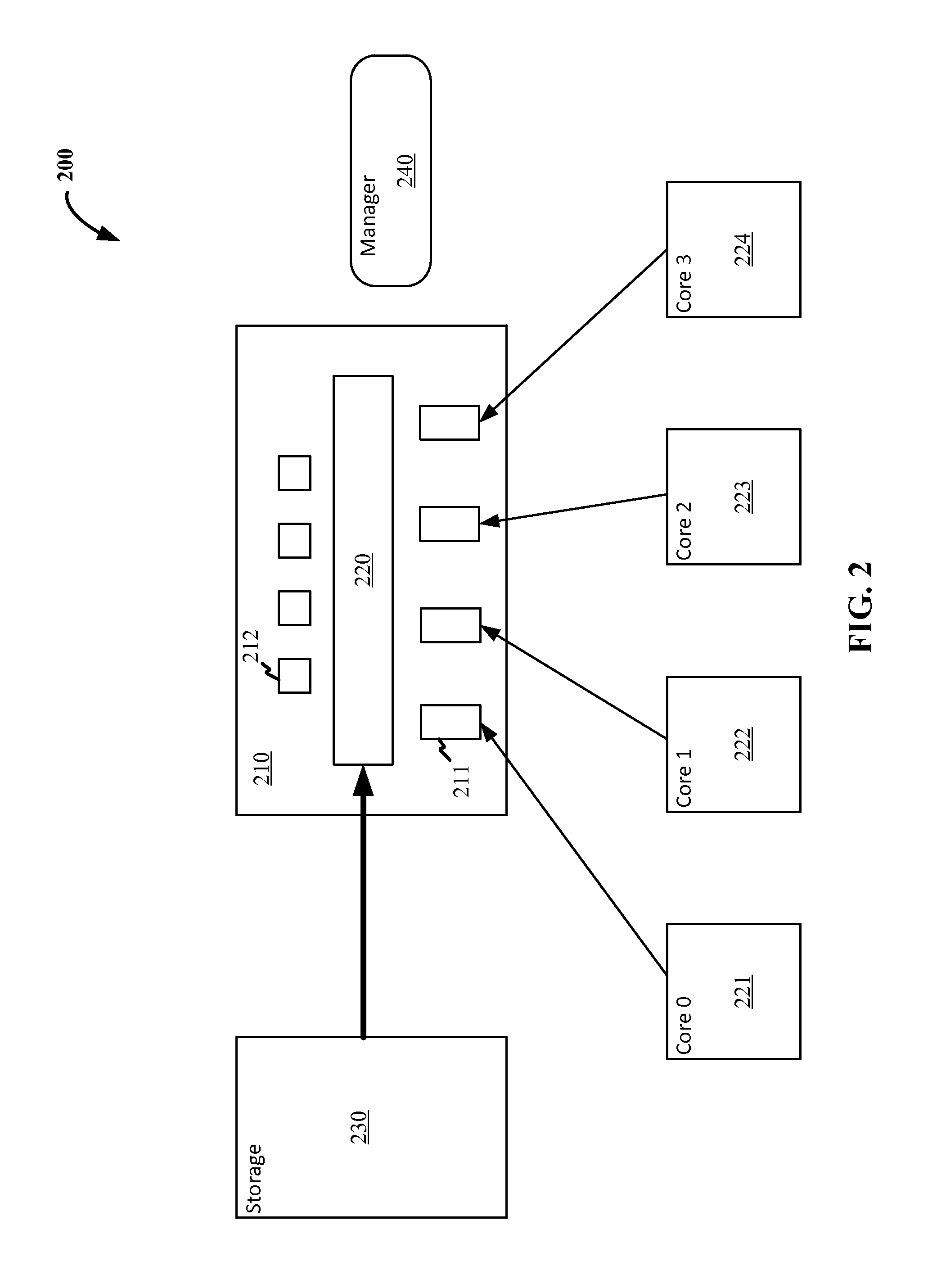Memory bandwidth management for deep learning applications
a deep learning application and memory bandwidth technology, applied in the field of memory bandwidth management for deep learning applications, can solve the problems of increasing the complexity and scalability of deep learning applications, aggravate the problem of memory bandwidth, and the total number of weights used in the system can be massive, so as to reduce the memory bandwidth requirement for neural network weight loading
- Summary
- Abstract
- Description
- Claims
- Application Information
AI Technical Summary
Benefits of technology
Problems solved by technology
Method used
Image
Examples
example 1
[0063]A method of performing neural network processes, the method comprising: receiving, at a field programmable gate array (FPGA), a batch of input data for accelerated processing of a neural network evaluation, wherein the batch of input data comprises at least two feature vectors; loading the FPGA with a first layer set of weights for the neural network evaluation from an external memory; and applying, within the FPGA, the first layer set of weights to the batch of the input data to generate intermediates.
example 2
[0064]The method of example 1, wherein the at least two feature vectors comprise one observation vector from each of at least two data streams.
example 3
[0065]The method of example 2, wherein the neural network evaluation is a recurrent neural network evaluation.
PUM
 Login to View More
Login to View More Abstract
Description
Claims
Application Information
 Login to View More
Login to View More - R&D
- Intellectual Property
- Life Sciences
- Materials
- Tech Scout
- Unparalleled Data Quality
- Higher Quality Content
- 60% Fewer Hallucinations
Browse by: Latest US Patents, China's latest patents, Technical Efficacy Thesaurus, Application Domain, Technology Topic, Popular Technical Reports.
© 2025 PatSnap. All rights reserved.Legal|Privacy policy|Modern Slavery Act Transparency Statement|Sitemap|About US| Contact US: help@patsnap.com



